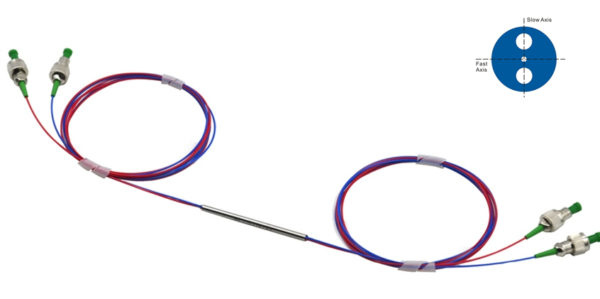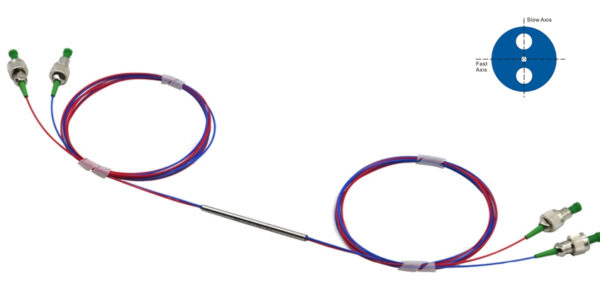Each optical circulator is a generalized isolator which has three ports or sometimes more. Where an isolator causes the loss in the direction of isolation, a circulator gathers the light and redirects it to an output port which is nonreciprocal.
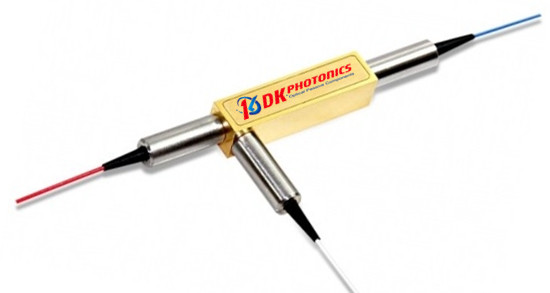
If I talk about a three-port circulator with non-strict-sense, this type of circulator has significance use in telecommunication applications because it is not necessary that the light should travel back from port 3 to port 1. For example, the light reflected from a fiber Bragg grating requires to be separated from the input light without loss, but since optical links are not operated in reverse only, there’s no requirement of strict-sense behavior.
An optical circulator is a special kind of fiber optic device which can separate optical power traveling in one single optical fiber in opposite directions. A polarization insensitive optical circulator can be used here to get bi-directional transmission of power over a single fiber. This circulator is majorly used in modern communication systems and advanced fiber-optical sensor systems due to its high isolation between the input power and reflected optical power and its lower loss of insertion.
A majority of online suppliers offer three or four-port optical circulators with;
Standard 1310nm or 1550nm windows
Or sometimes a wider range of wavelength from S to L band
Some of the manufacturers can also provide customized circulators on special requests with providing different wavelength, for instance, 1030nm, 1050nm, or 1040nm can be requested.
Though the standard power handling of this kind of a circulator is 300mW (CW), in the market, circulators are also available with power handling 1000mW, 2000mW, and 500mW (CW).
Here, a buyer requires being fully aware of the requirements of the application before choosing one.
Features
Low Insertion Loss
Low PDL
Wide Band, High Isolation
Epoxy Free Optical Path
Compact In-line Package
High Stability and Reliability
Easy mounting
The polarization insensitive optical circulators are often easily mounted to optical tables and can withstand various handlings. The use of four strong magnets helps to hold the rugged package securely on surfaces. Another mounting option is to wisely use tow countersunk holes with having some space in-between, in order to achieve compatibility with mounting patterns of optical tables.
Major Applications
Optical Amplifier
Fiber Sensors
Add-Drop Filters
Bi-Directional Communications
Metro Area Network
Digital, Hybrid, and AM-Video System
Wavelength Add / Drop
Dispersion Compensation
EDFAs
The online market is actually full of such optical circulators and buyers can place an order for customized circulators too, for instance, pigtailed versions of circulators would be perfect if an application requires a fiber with extended length on the circulator’s input and output.
Once you go online you will find that there are several suppliers of these optical circulators. You require making a decision on which one you should choose to shop. Apart from that, gather complete information about the application’s requirements and then decide which one you should buy.
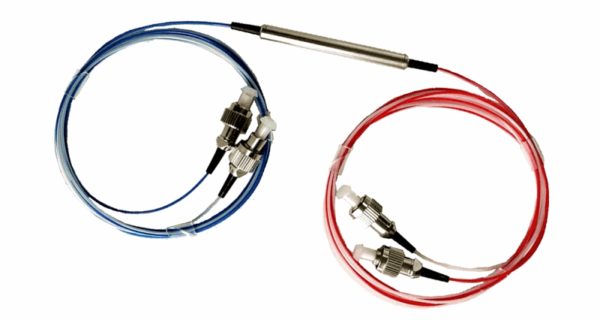
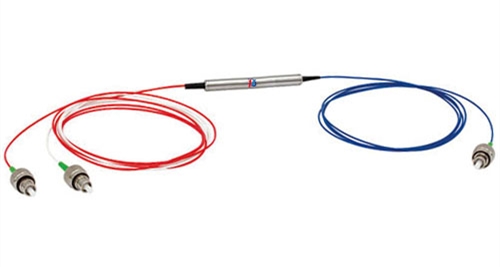
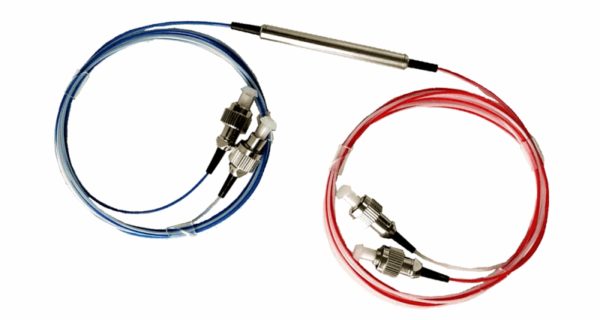
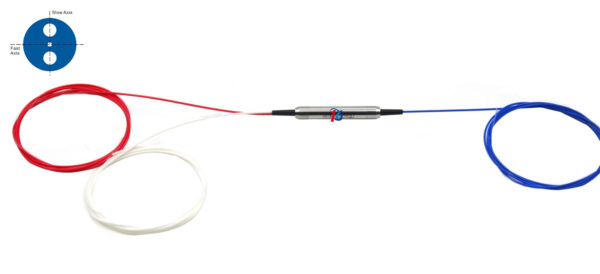
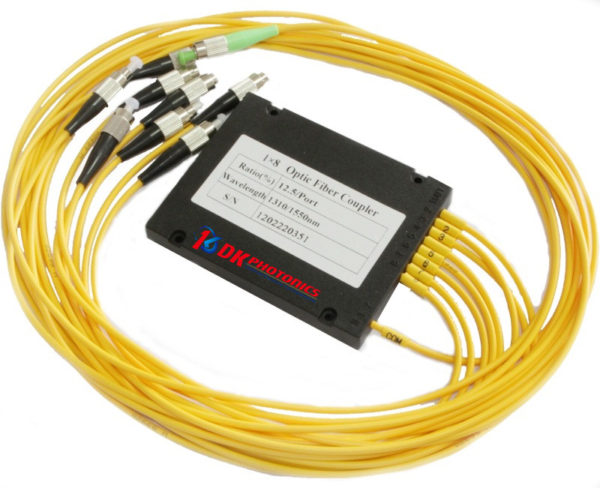
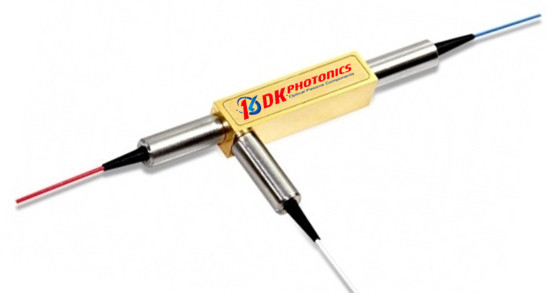
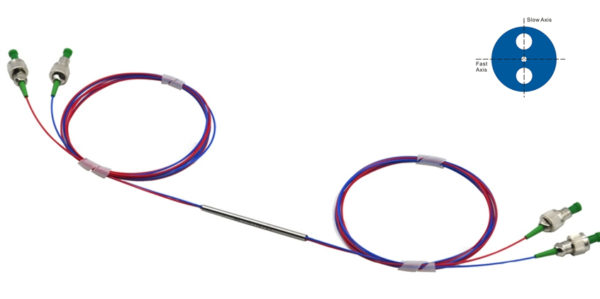 sors and optical gyro requires high polarization extinction ratio.
sors and optical gyro requires high polarization extinction ratio.